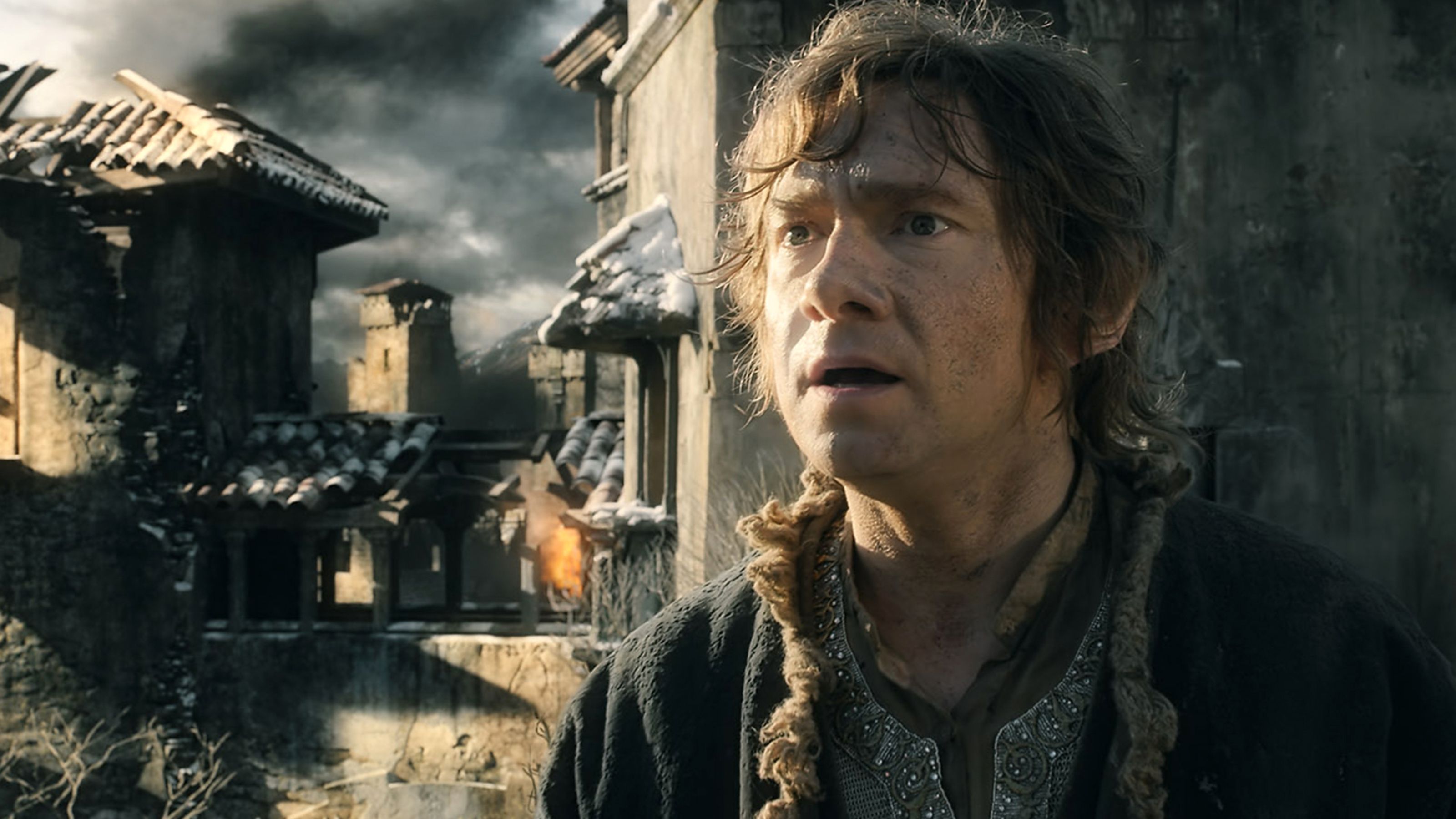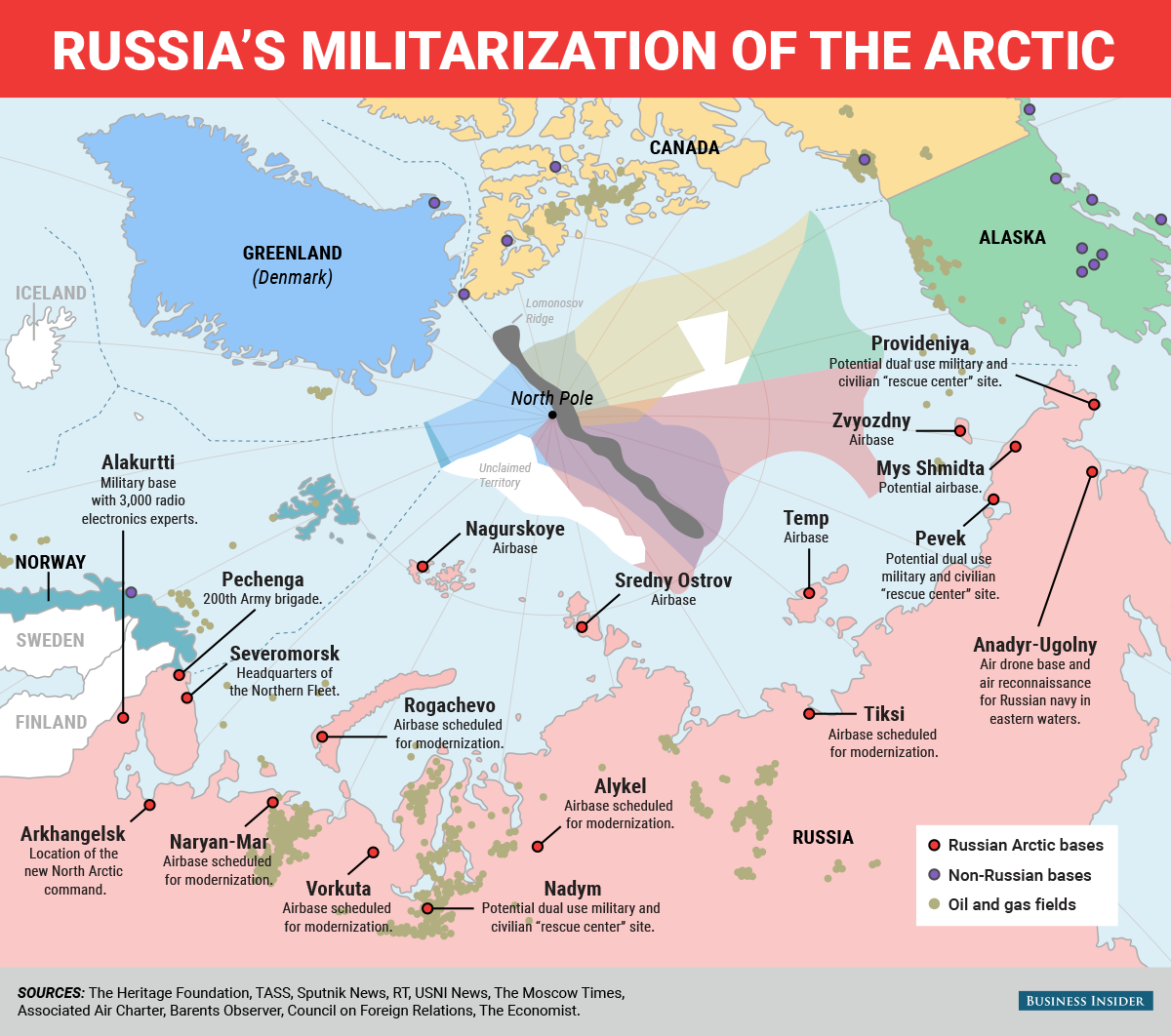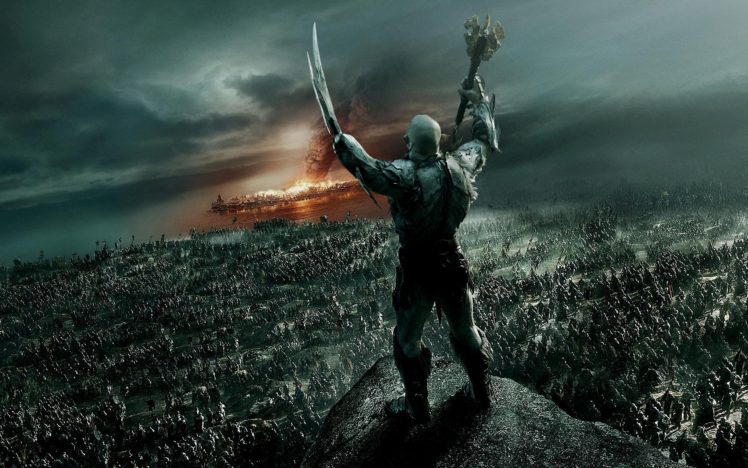Exploring The Hobbit: The Battle Of The Five Armies: Its Place In Tolkien's Legendarium

Table of Contents
The Battle of Five Armies: A Narrative Bridge Between The Hobbit and The Lord of the Rings
The Hobbit: The Battle of the Five Armies masterfully resolves several lingering plot threads from The Hobbit while subtly foreshadowing key events in The Lord of the Rings. This acts as a crucial narrative link, enriching both stories. Consider these key connections:
- The fate of Thorin Oakenshield and his legacy: The battle culminates in Thorin's death, a pivotal moment that concludes his arc and shapes the future of Erebor. His final act of self-sacrifice highlights the themes of redemption and leadership within Tolkien's Legendarium.
- The unresolved issues surrounding Smaug's hoard and its implications: The dragon's demise unleashes a chaotic scramble for his treasure, highlighting the corrupting influence of greed – a recurring theme in Tolkien’s work and a direct influence on the events that lead up to the War of the Ring. The distribution of the treasure, while largely beneficial for the dwarves, also plants seeds of future conflict.
- The introduction or further development of key characters: The film solidifies the roles of Gandalf, Beorn, and Bard, all of whom play significant parts in the larger narrative of Middle-earth. Their interactions during the battle contribute to the broader tapestry of Tolkien’s world-building.
- Connections to the broader War of the Ring: While not explicitly shown, the battle hints at the escalating tensions and conflicts that will ultimately culminate in the War of the Ring. The political ramifications of the battle subtly lay the groundwork for the larger conflicts to come.
Analyzing Departures from Tolkien's Original Text in The Battle of the Five Armies Film
While largely faithful to the spirit of Tolkien's The Hobbit, the film adaptation takes significant creative liberties. These alterations, while sometimes controversial amongst Tolkien purists, significantly enhance the cinematic experience.
- Expanded roles for certain characters: The introduction and expanded role of Tauriel, for example, adds a new romantic subplot and a more complex female perspective to the narrative, although this is a significant departure from Tolkien’s original work.
- Altered narrative elements: The scale and choreography of the battle itself are significantly amplified for dramatic effect, resulting in a more visually spectacular, yet arguably less strategically nuanced, portrayal compared to the book.
- Impact on character understanding: These changes, while adding cinematic flair, can subtly shift our interpretation of established characters and their motivations, creating a distinct cinematic experience separate from the book.
- Fan reception: The changes have been met with mixed reactions, highlighting the passionate engagement of Tolkien fans and the complexities involved in adapting such a beloved and intricate work.
The Impact of The Hobbit: The Battle of the Five Armies on Tolkien's Wider Mythology
The Battle of Five Armies and its aftermath have a lasting impact on the overall narrative of Middle-earth, adding depth and complexity to Tolkien's world.
- Political landscape: The battle reshapes the political landscape, altering the relationships between dwarves, elves, and men. The resulting alliances and tensions subtly shape the events of The Lord of the Rings.
- Lasting effects on Erebor and surrounding regions: The rebuilding of Erebor and the economic and social changes within the region significantly impact the surrounding areas, setting the stage for future conflicts and developments.
- Altered understanding of Tolkien's world: The film's portrayal of the battle, while distinct from the book, adds another layer to our understanding of the intricate history and social dynamics within Middle-earth.
- Contribution to popularity: The film’s widespread popularity introduced a new generation to Tolkien’s Legendarium, expanding the reach and appreciation of his monumental work.
Exploring the Themes of Greed, Redemption, and Sacrifice in The Hobbit: The Battle of the Five Armies
The film masterfully explores timeless themes of greed, redemption, and sacrifice, echoing similar motifs throughout Tolkien's works.
- Thorin's transformation and redemption: Thorin's journey from greedy king to selfless leader showcases the power of redemption and the importance of facing one's flaws.
- Motivations of the factions: The battle highlights the varied motivations of each faction involved – from the desire for wealth and power to the need to protect one's homeland. This underlines the complexity of conflict and the absence of purely "good" or "evil" sides.
- Consequences of unchecked greed: The film strongly illustrates the destructive consequences of greed and the importance of selflessness and restraint.
- Understanding of Tolkien's themes: The film enriches our understanding of these core themes within Tolkien's larger work, underscoring their enduring relevance.
Returning to Middle-earth: The Enduring Legacy of The Hobbit: The Battle of the Five Armies
The Hobbit: The Battle of the Five Armies, while a cinematic interpretation with creative liberties, serves as a crucial narrative bridge between The Hobbit and The Lord of the Rings, contributing significantly to the understanding and appreciation of Tolkien's Legendarium. Its exploration of themes like greed, redemption, and sacrifice, alongside its impact on the political landscape of Middle-earth, solidifies its place within the larger narrative. The film's impact on the popularity of Tolkien's work is undeniable.
What are your thoughts on the cinematic choices made in The Hobbit: The Battle of the Five Armies, and how did they influence your understanding of Tolkien's Legendarium? Dive deeper into Tolkien's works, rewatch the film with a renewed perspective, and join the ongoing conversation surrounding this important chapter in Middle-earth’s rich history.

Featured Posts
-
 Eva Longorias Stunning Hair Transformation A New Look We Love
May 13, 2025
Eva Longorias Stunning Hair Transformation A New Look We Love
May 13, 2025 -
 Increased Arctic Military Activity Understanding Russias Strategic Goals
May 13, 2025
Increased Arctic Military Activity Understanding Russias Strategic Goals
May 13, 2025 -
 Britain And Australias Selective Sanctions Examining The Double Standard On Myanmar
May 13, 2025
Britain And Australias Selective Sanctions Examining The Double Standard On Myanmar
May 13, 2025 -
 The Hobbit The Battle Of The Five Armies A Deeper Dive
May 13, 2025
The Hobbit The Battle Of The Five Armies A Deeper Dive
May 13, 2025 -
 Antoiko Trump Byd Lle Teslan Kukistamisen Avaimet
May 13, 2025
Antoiko Trump Byd Lle Teslan Kukistamisen Avaimet
May 13, 2025
